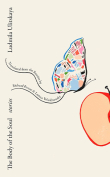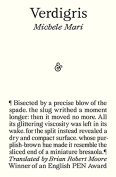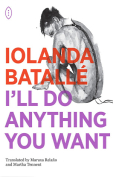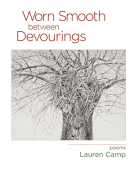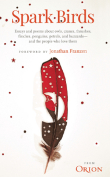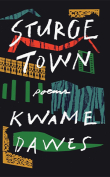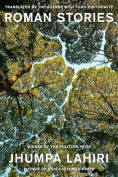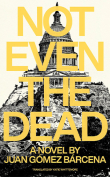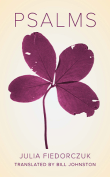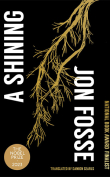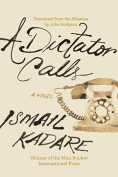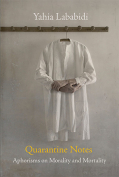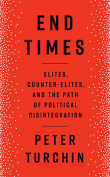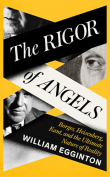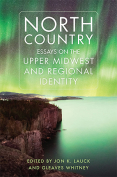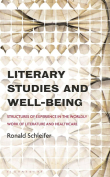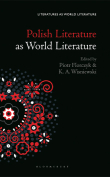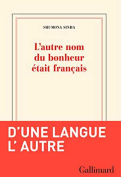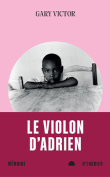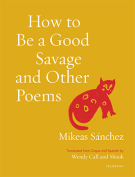Not Even the Dead by Juan Gómez Bárcena
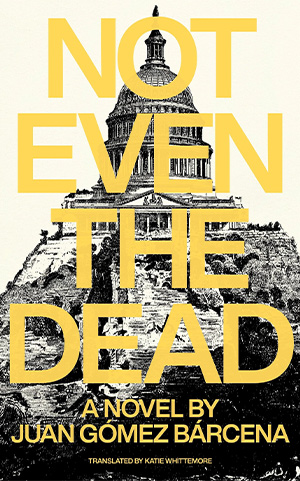 Rochester. Open Letter Books. 2023. 303 pages.
Rochester. Open Letter Books. 2023. 303 pages.
Katie Whittemore’s translation of Juan Gómez Bárcena’s Not Even the Dead is a master class in the art of translation. Originally published in Spanish in 2019 as Ni siquiera los muertos, Whittemore’s English translation contains all the stark passion and apocalyptic poetry of the original. Not Even the Dead is Bárcena’s second novel to be translated into English, following The Sky over Lima, translated by Andrea Rosenberg in 2016. This novel is, quite simply, an astonishing and riveting tale that may or may not take place in the afterlife.
The plot to Not Even the Dead is straightforward: an ex-soldier is living a quiet, reclusive life as a tavern owner when he is approached by two men who task him with coming out of retirement one last time to track down an Indian known as “the Padre,” a messiah-like figure who is bringing religion to Mexico. The plot has all the literary devices of a spaghetti western: the lowly protagonist, in this case an ex-soldier, reluctant to go on one last mission, the mythological antagonist who may or may not be the next messiah, and a desert landscape replete with a cast of characters who are themselves existing on the edge of sanity. Distilled to its essence, Not Even the Dead is a quest tale, but one that may change with each reading. This is part of the novel’s power, to transform itself with each reading into a series of tales that resemble one another while maintaining a disturbing distance that lures the reader to seek out its meaning, which is elusive and ephemeral.
Not Even the Dead is a hallucination, existing somewhere between the worlds of Joseph Conrad and Cormac McCarthy. The Padre is a Kurtz-like figure whose mythology not only precedes him but grows and expands as the protagonist continues to track him down. A first reading may be confusing, as the Padre’s name changes constantly and with nearly every encounter, but that may be the point. Nothing is stable, especially existence and meaning. What the text does teach us is that it’s the converted who are the most cruel and unforgiving of all, something V. S. Naipaul also touched upon in his book Beyond Belief. The Padre controls the narrative, as one particularly resonant sentence makes clear: “And from there he controls everything, everyone, as if they were a part of his own body.”
Not Only the Dead informs its readers that there are no beginnings and endings. There is only the journey where one is constantly moving. This includes the reader. Although nothing may be resolved at the end of the book, the dust of the literary road traveled is impossible to wash away. Readers too are a kind of traveler, just as we are protagonists and antagonists lost in the fun house of language. This novel has established itself as one of the most powerful novels of the twenty-first century, and we should not forget that we have Katie Whittemore’s translation as our Virgil.
Andrew Martino
Salisbury University
